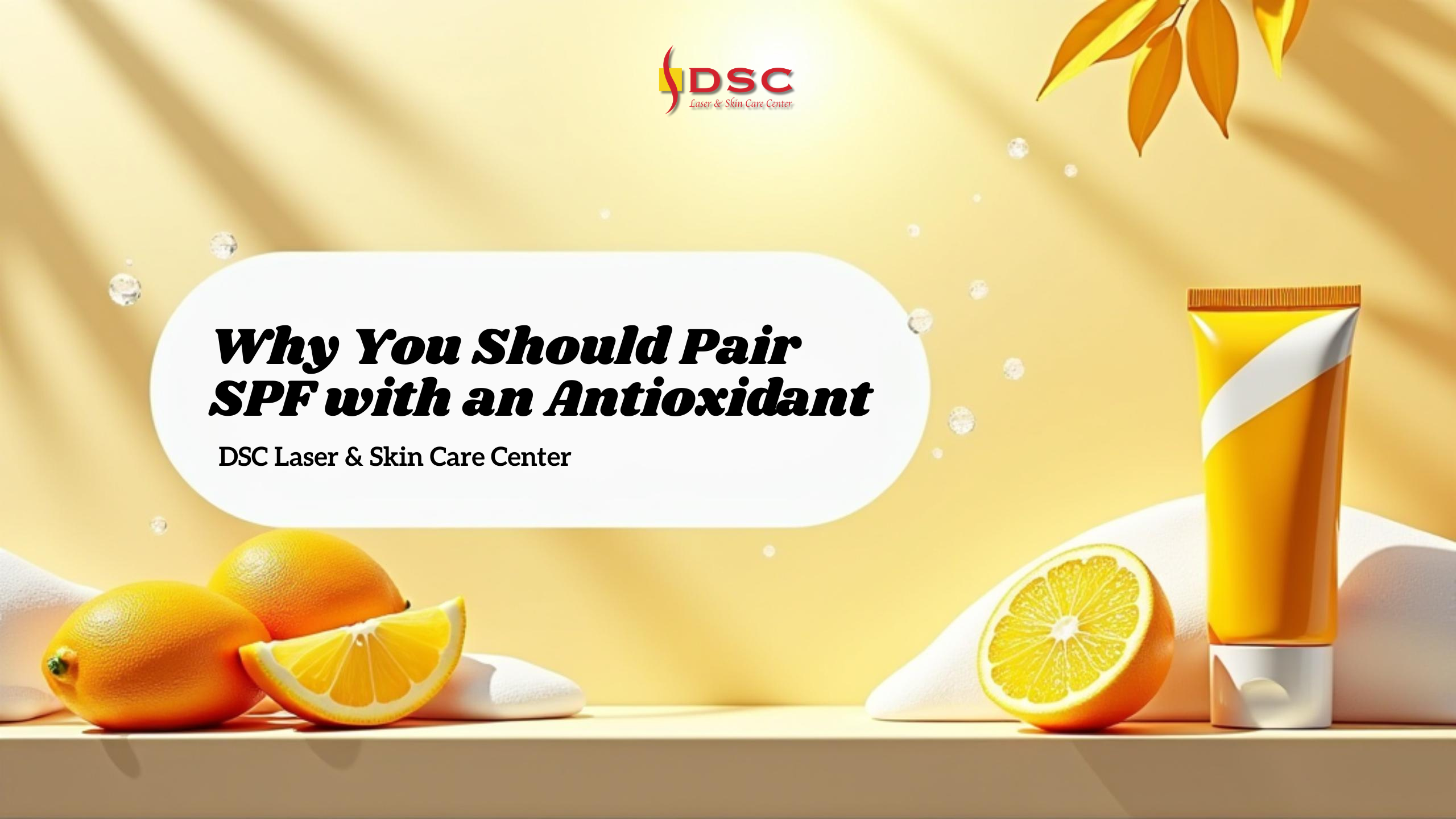One of the shortcomings of SPF is that its effectiveness is limited by time and quantity. In order to get the listed protection, a 1/4 teaspoon is recommended for the face and neck at every application. For the body, a full ounce, or shot glass-size amount, is needed for one thorough application. Quantity aside, reapplication is something that also needs to be considered. While each specific SPF has a different formulation and lasts a different amount of time, the recommended time for reapplication in direct sunlight is about two hours. This is because sweat, oil, friction, and time will cause the product to breakdown and no longer be as effective. Swimming or sweating (like during an intense workout or sport activity) accelerates this breakdown, leading to the necessity of quicker reapplication.
Read More: Why is SPF important?
Why does this matter?
Understanding the limitations of SPF is important because SPF plays a huge role in skin health and skin appearance. First and foremost, correctly using SPF helps prevents skin cancer. This is why SPF is regulated in the United States by the FDA, unlike most over the counter skincare products. This distinction means that SPF has medical applications like prescription-dispensed topicals like tretinoin, antiobiotic gel for acne, or even Accutane.
In addition to preventing skin cancer, SPF plays a huge role in the appearance of the skin. Items left in the sun become faded and worn due to sun exposure. The same thing happens to skin, leading to the development of pigmentation, wrinkles, and changes in skin texture and elasticity over time. While age is a natural cause of these changes, sun exposure is one of the leading causes of skin degradation.
At DSC, many clients come for consultations because they are concerned about the appearance of their skin. In order to achieve visible, long-term results, daily sun protection habits need to be assessed. This is to ensure maximum benefits from skincare products and treatments.
Why you should pair SPF with an antioxidant
To keep it simple, UV irradiation cause oxidation of the skin. The skin reacts to oxidative stress by creating melanin, which is what leads to pigmentation changes from sun exposure. Furthermore, UV irradiation leads to an aged appearance of the skin, or “photoaging.” Antioxidant topicals, like Vitamin C, Vitamin E, CoQ10, and even Beta-Carotene protect the skin from free radicals that form in the oxidation process. Because UV irradiation causes oxidation of the skin, using an antioxidant helps protect skin from this process. This is the basis for how antioxidant products can help “brighten” skin.
Understanding how antioxidant topicals work leads to the natural progression of logic that pairing SPF and antioxidants is highly beneficial. Antioxidants helps boost the protective capabilities of SPF, leading to an almost synergistic effect. Using both in the daytime hours is really a game changer, especially for those concerned about melasma, pigmentation, or post-inflammatory hyperpigmentation (PIH).
DSC Laser & Skin Care Center
www.dscbeauty.com
(626) 285-0800
info@dscbeauty.com
889 S. San Gabriel Blvd, San Gabriel, CA 91776
